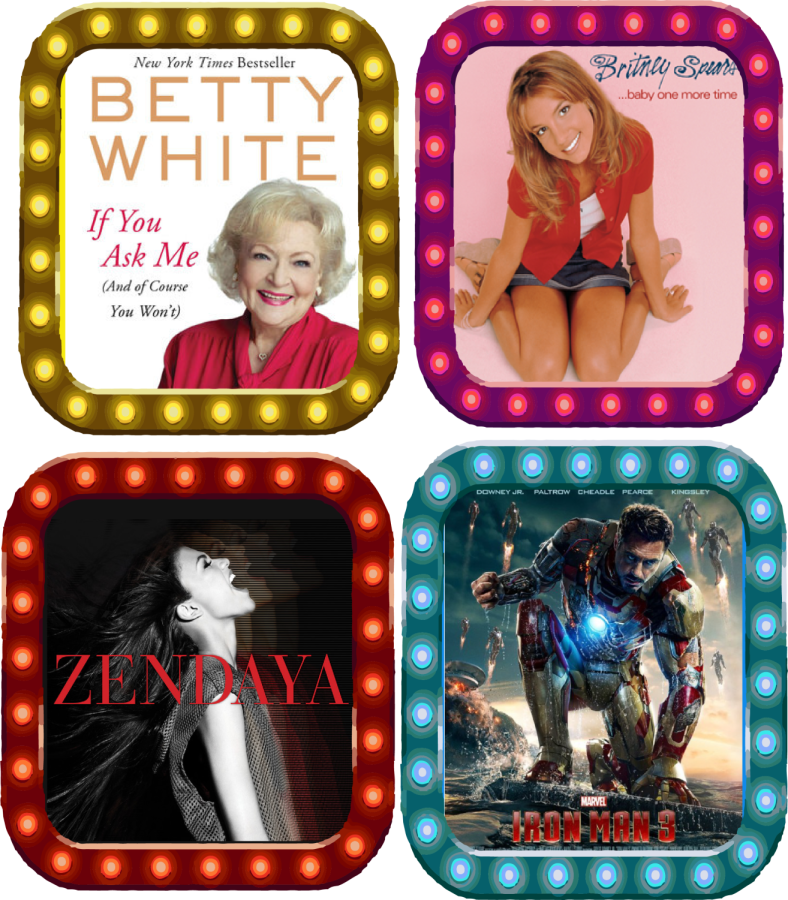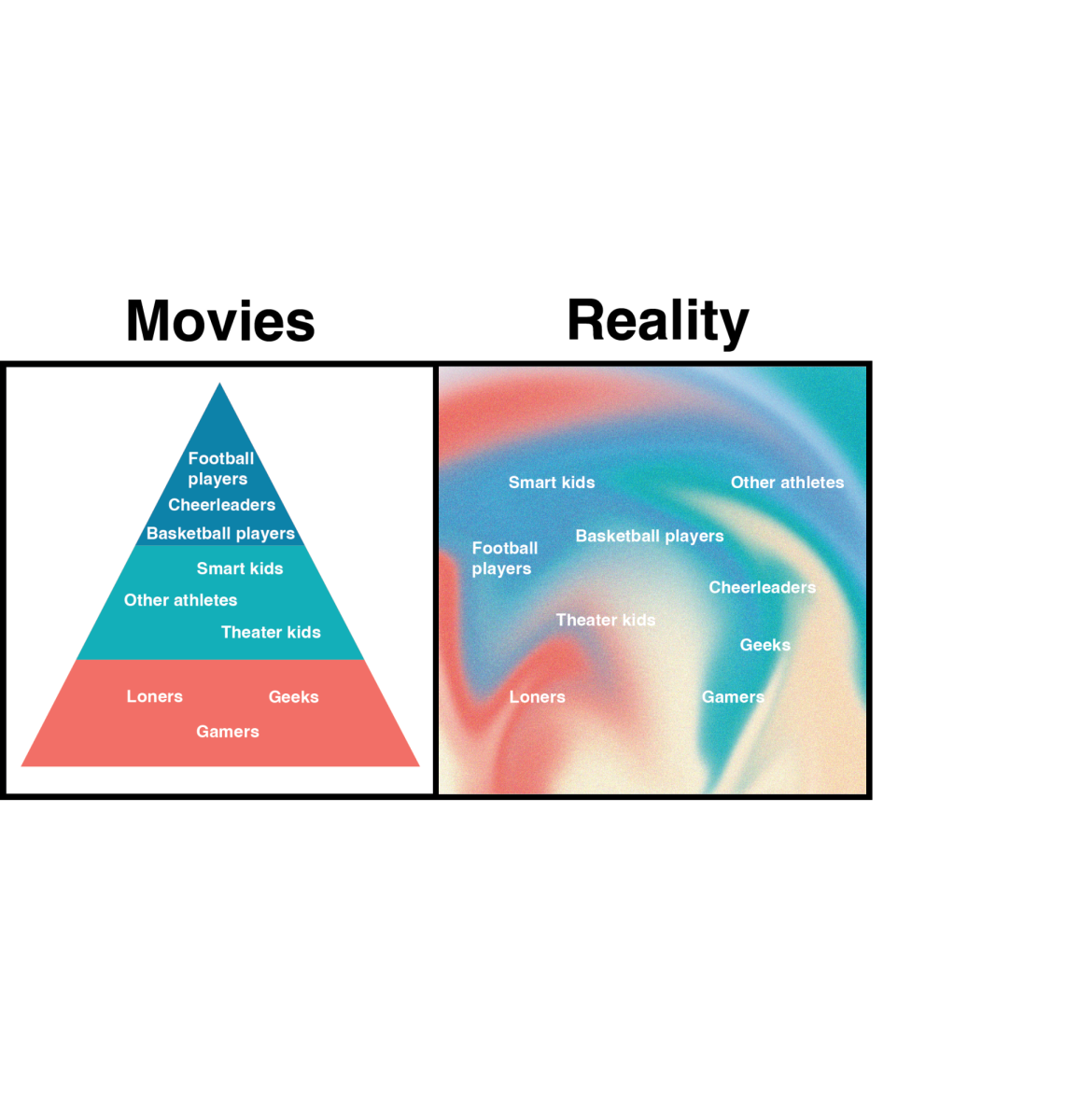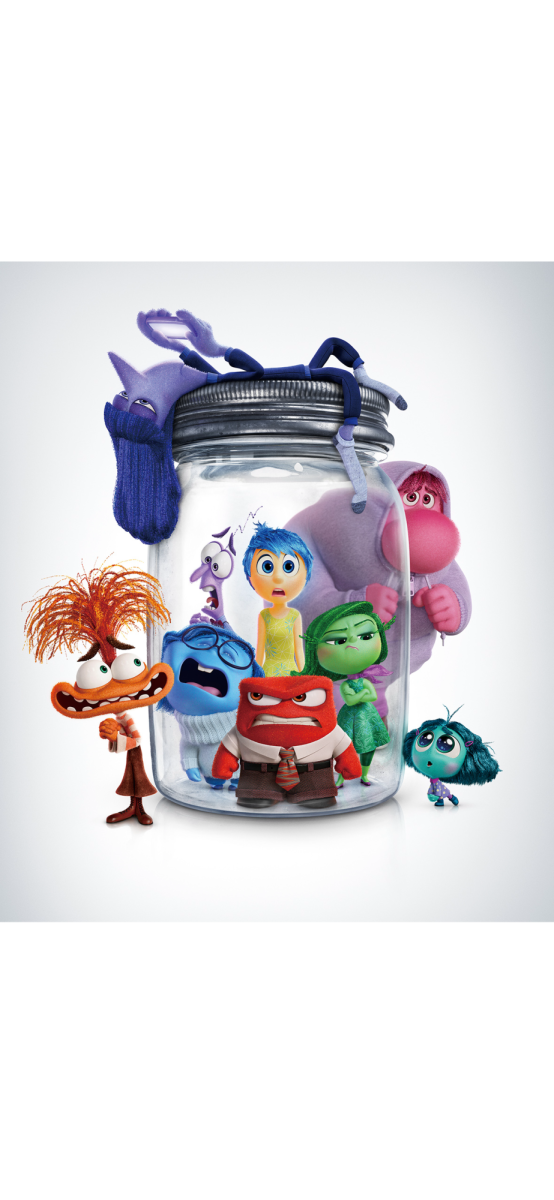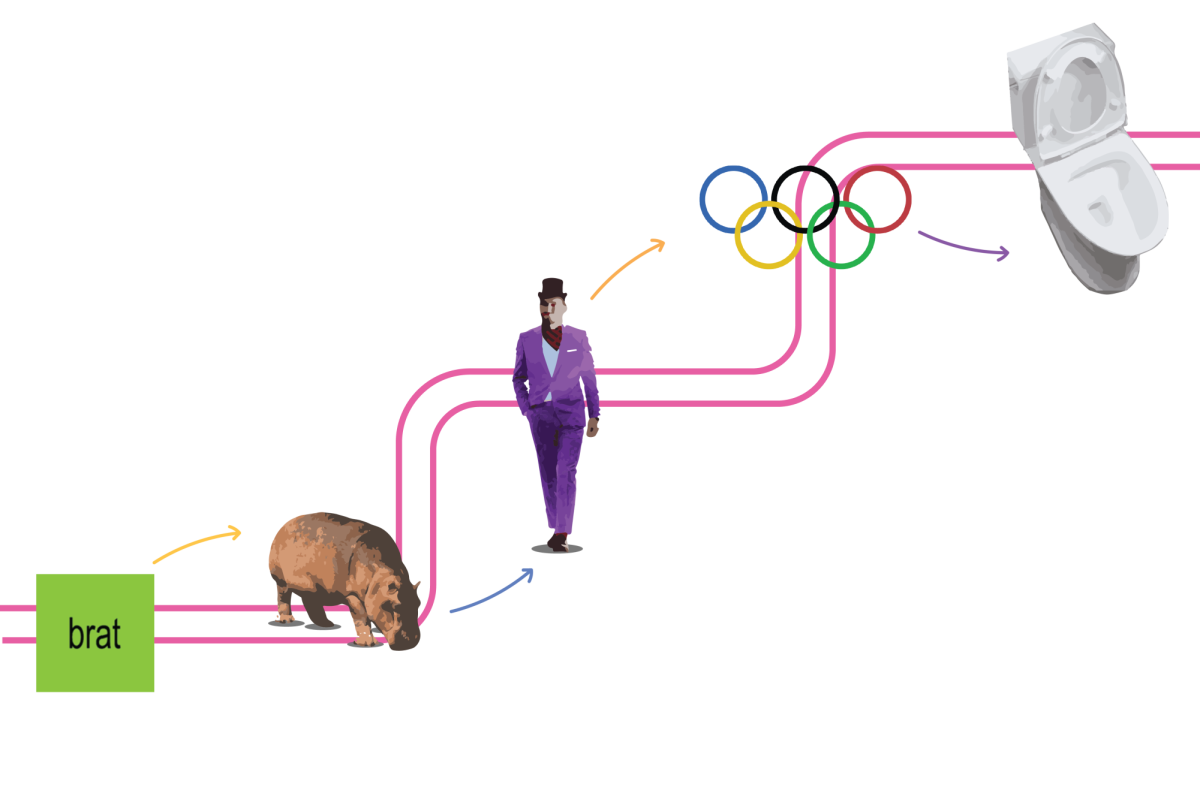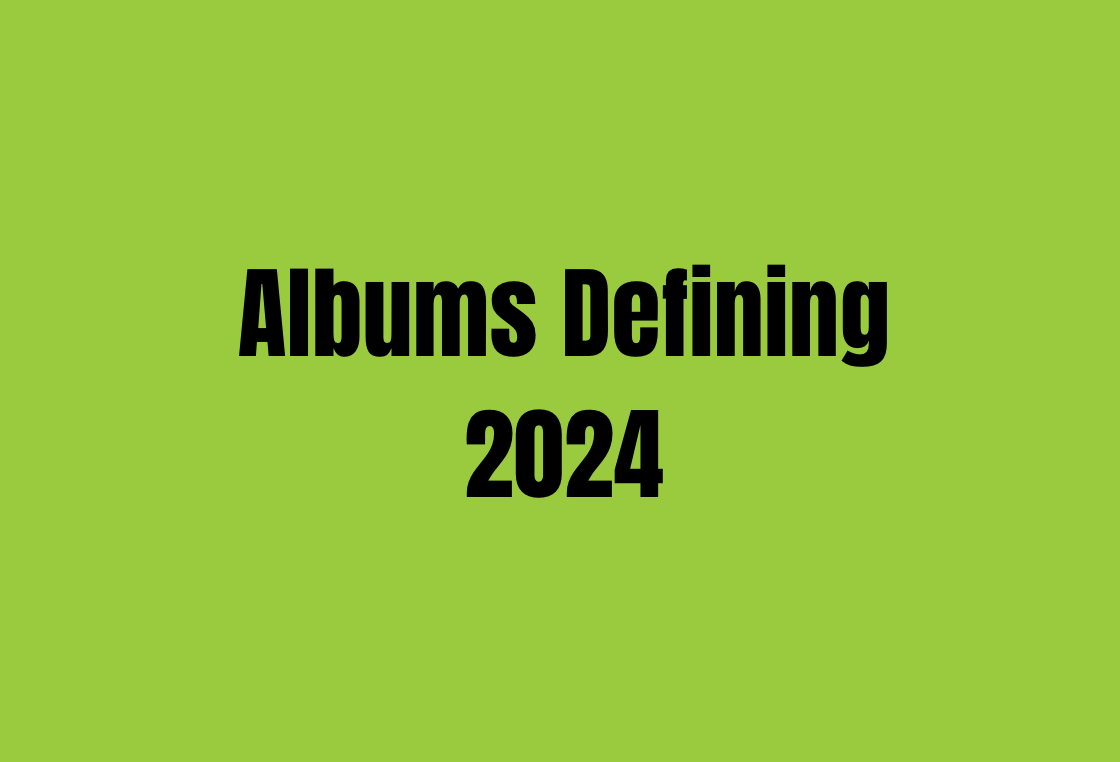Baby Boomers – Betty White
A little over one year ago, America was sent into mourning over the death of Betty White, who died just weeks short of her 100th birthday. The “Golden Girls” star and eight-time Emmy award winner shattered barriers and acted as a role model for not only baby boomers but all generations.
White was one of the first women in Hollywood to work both on and off screen, allowing the women after her to follow in her footsteps. She is considered the first woman to host a talk show (“Hollywood on Television”) and produce a sitcom (“Life with Elizabeth”). In her star role as Elizabeth, White continued to reform archaic stereotypes.
“White broadened the typical range and role of the ditzy housewife character with a winking self-awareness and proto-feminist irreverence,” explains Smithsonian National Museum of American History curator Ryan Lintelman in the Smithsonian Magazine’s article, “How Betty White Broke Barriers for Women in Television”
Right up until her death White acted as a public servant, paving the way for female comedians and producers.
“As the ages continued, seeing Betty White mature and come into her own was really great,” computer science teacher Susan Frederick said. “She was acting right through into her 80s [and]… 90s.”
GenX – Robert Downey Jr.
GenX: hardworking, self-reliant, and self-destructive. Growing up, Gen Xers were very independent because of the heightened popularity of the dual-income family model. GenX as a whole is notorious for questioning authority, and the traditional values their baby boomer parents exemplified. The middle child generation, forgotten in between the baby boomers and millennials, found their voice in the late 80s/early 90s as star Robert Downey Jr. began his rise to fame with movies like “Only You” and “The Pick-Up Artist.”
A few years later, Downey began making headlines due to his substance abuse, drawing a parallel between him and the rest of GenX. BBC News found that people born in the 60s and 70s (older GenX) have the highest likelihood of dying from suicide or drug abuse.
“It was a time when being self-destructive seemed in. And we weren’t quite sure what we were rebelling against… I remember when I was at my very lowest, my dad,…said, ‘Hey kid, stick around. It’s not so bad. Just stay on the planet,’” Robert Downey Jr. said in a speech at the Time 100 gala at Lincoln Center in 2008.
Shortly after his recovery, Downey debuted as Iron Man, making the ultimate comeback. 10 movies and 435 million dollars later, Downey solidified himself as a true superhero.
Similarly today, GenX can be seen making a comeback of their very own as 80s and 90s culture continues to make it big in coming years. From reboots of Fresh Prince of Bel-Air and Jurassic Park to the rising height of combat boots, it’s clear that from here on out, the “middle child” generation shall no longer be forgotten.
Millennials –Brittany Spears
In 1998 the world of pop was forever changed with the release of Britney Spears’ first song, “…Baby One More Timwe,” which topped the Billboard charts for six weeks and sold over 1.8 million copies. The 17-year-old singer held onto her fame and starred in the childhoods of millennials everywhere.
“I vividly remember finding out when…Britney Spears [was] going to release a music video on MTV, and us rushing home to watch the release after school,” science teacher Anthony Palumbo said.
Spears permanently left her mark on pop with her good-girl-gone-bad narrative (inspired by Madonna), paving the way for other artists such as Lady Gaga, Katy Perry and more.
“Without Spears, Gaga and other current artists’ scandalous public personas would not be considered “unique” or a “force,” but rather would receive criticism,” writes Jess Garrigan in MK Profiles’ “Britney Spears: The Risqué Image that Changed Pop.”
Although Spears’ image is the norm in pop today, this was not the case during her early rise to fame, throughout which she faced heavy criticism for the way she dressed and presented herself. Yet, despite the controversy, Spears’ look played a huge role in turning her into the iconic pop star she is today.
In recent years, Spears has further solidified her role as the figurehead of the millennials as she has worked towards ending her conservatorship. From 2008 to 2021, Spears was under the conservatorship of her father, Jamie Spears, meaning that he had complete control over her life in terms of personal, legal and economic affairs. In protest, fans began #Free Brittany, an organized movement intended to bring Spears her freedom.
Born at the start of a new century and in a time of optimism, the millennials were dubbed the ‘happy-go-lucky’ generation early on in their lives. However, Spears’ journey represents a turning point for millennials.
“Our naive optimism is gone, once and for all. It has been replaced by a more mature version of the Millennial belief in a good world — the desire to have goodness win,” writes Berenike Schriewer, Ph.D. on Medium in “Britney Spears Is Becoming the Kurt Cobain / Greta of Millennials.”
GenZ – Zendaya
From Disney Channel’s “Shake it Up” to HBO’s “Euphoria,” Zendaya has grown up alongside GenZ for over a decade, making her one of the generation’s most prominent celebrities.
The biggest reason behind Zendaya’s success is the fact that she is simply hard to hate. Throughout her career, Zendaya has consistently used her platform for good. She works as an ambassador of wwwwFriends for Change, has helped raise money to support the Convoy of Hope’s Women’s Empowerment Initiative, volunteered in Africa with UNAIDS and more.
Due to inheriting a laundry list of social issues, Gen Z has proven to be more politically active in creating change than any other previous generation. These values often manifest in who GenZ chooses to promote, making it a no brainer as to why Zendaya is so popular.
“They [celebrities] spread [messages] because they know they have a following of people our age and younger,” sophomore Reese Tannis said. “They use their platform to spread good messages.”




